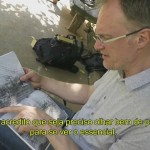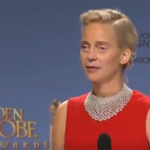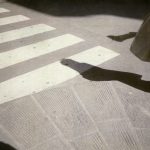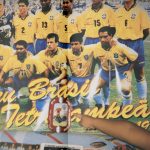[:pb]Sumário 19
Publicado em: 8 de December de 2020To investigate the past is to give a future to the present. Artist Rosana Paulino opens this edition with a new work (in poster form for subscribers to ZUM), in which she investigates the violent roots of Brazil’s history – our true nature, which art and society insist on hiding. Ever more visible, the indigenous artists selected by curator Naine Terena break down frontiers to rewrite the history of Brazilian art from new perspectives. Both the nudes by the Chinese photographer Ren Hang and the photographic archives rescued by artist Carmen Winant suggest that the body can be a free territory, open to self-exploration. Freedom also laps at the work of Davi de Jesus do Nascimento, who uses self-portraits and his family’s collection of photographs to build his identity and ancestry.
In an extreme opposite, the faces and bodies of Ana Mendieta’s performances and the posters photographed by Teresa Margolles compel us to remind that violence against women is not just a statistic. Our body moves into the 21st century under the surveillance of images, as Julian Stallabrass’ essay on art and politics shows, or in the portraits of immigrants in search of a future, taken by artist Richard Mosse. Researchers Kênia Freitas and José Messias fully examine Beyoncé’s Afrofuturist epic to celebrate the creative potential and investigate its narrative ambiguity.
Every step we take into the future brings us closer to the past. After all, what is photography and what is it for? In their own time and in their own way, Man Ray and Roland Barthes sought an answer; in texts which have become classics they found more questions and the certainty of a varied and irreducible essence.







